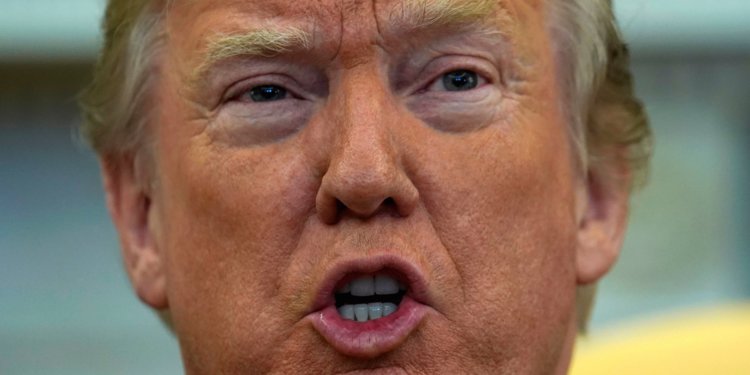
- President Donald Trump said his new tariffs on China and metals would boost the US economy.
- A study by the Tax Foundation found the tariffs will actually hurt the US economy and cost Americans jobs.
- The study also found that low- and middle-income Americans would pay the highest costs from the tariffs.
President Donald Trump has touted his recent decision to impost tariffs on imports of steel, aluminum, and some Chinese goods as a way to support American workers and invigorate the US economy.
But a new study by the conservative-leaning Tax Foundation found that not only would Trump’s new tariffs actually damage the US economy, they would also cost tens of thousands of American jobs over time.
The Tax Foundation’s Kyle Pomerleau and Erica York on Thursday released their report on the tariffs.
“Our analysis finds that the $37.5 billion in tariffs would lower GDP and wages by 0.1 percent, lower employment by the equivalent of 79,000 fewer full-time jobs in the long run, and make the US tax burden less progressive,” the analysts said.
Pomerleau and Yorke pointed to existing economic literature showing how tariffs affect economies. They determined a few ways the tariffs could ultimately depress economic output:
- Increase prices: By making imports more expensive or driving people to more expensive US-made goods, businesses would see costs increase and in turn decrease their investment to compensate for the higher prices. That would spur higher costs for consumers.
- Increase the value of the dollar: While a boost in the value of the dollar would offset any price increases, it would also make US-made goods more expensive abroad and depress economic activity of export-heavy businesses.
Either way, the analysts said, overall economic activity among consumers and businesses would decline. Lower economic activity in turn means less hiring, since businesses would invest less on things like labor. The decline in labor spending would mean 79,000 fewer jobs are created in the long-run according to the study.
Pomerleau and Yorker also found that most of the economic pain would also be borne more by lower- and middle-income Americans.
“These tariffs would reduce after-tax incomes for taxpayers in the bottom 80 percent by 0.25 percent and by 0.23 percent for the top 20 percent,” the study said. “The top 1 percent of taxpayers would see the smallest reduction in after-tax income, at 0.2 percent.”
While the costs for the newly announced tariffs are already projected to be steep, the damage would likely increase if Trump decides to follow through on this promise to continue similar trade actions.













